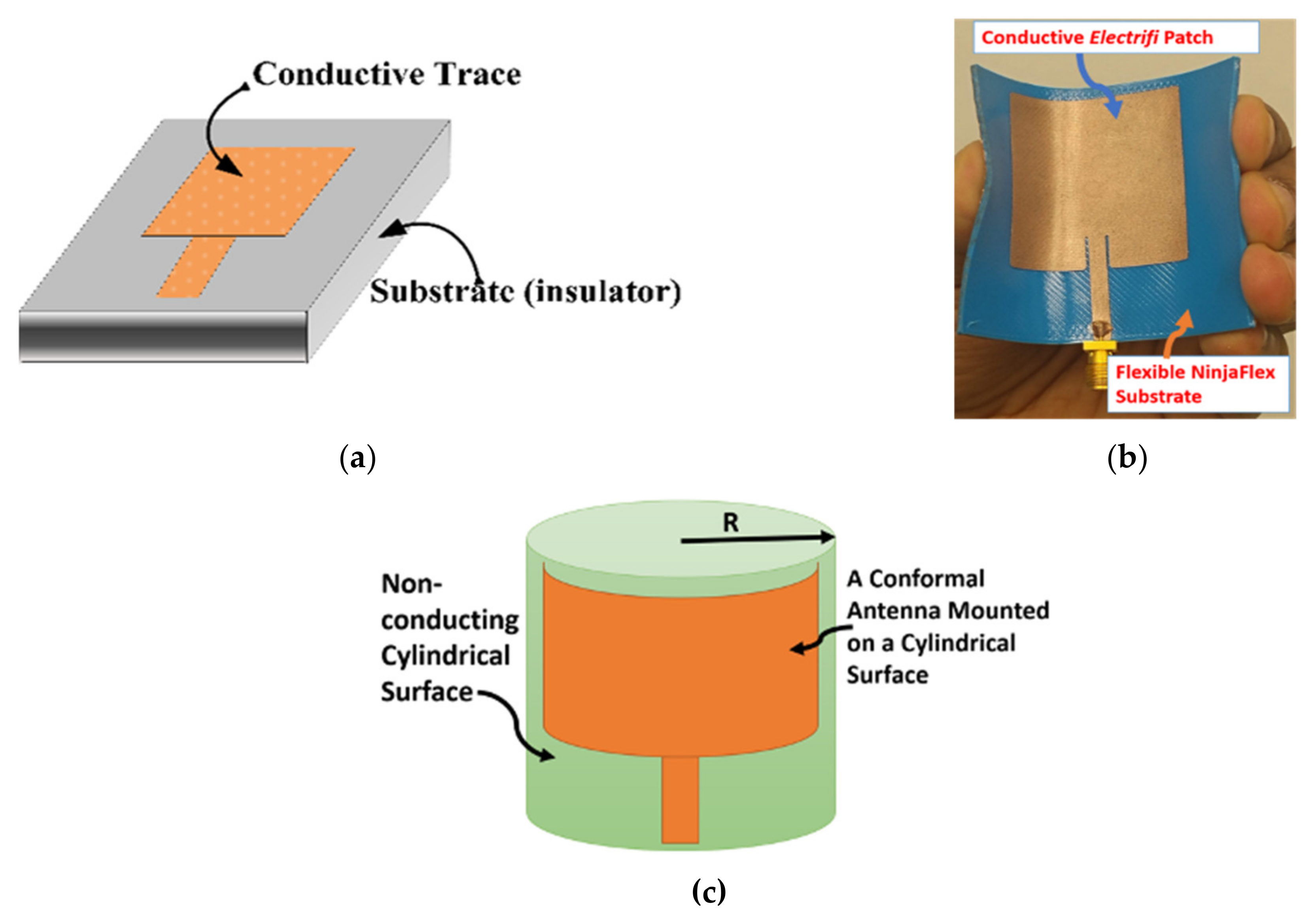
- #Microstrip antenna theory and application s. zhang Patch#
- #Microstrip antenna theory and application s. zhang software#
- #Microstrip antenna theory and application s. zhang code#
Medgyesi-Mitschang, McDonnell Douglas Research Labs, St. Scattering from Thin Plates and Finite Curved Surfaces L. Glisson, University of Mississippi, University, MS.
#Microstrip antenna theory and application s. zhang Patch#
Triangular Patch Modeling of Arbitrary Bodies - An Electric Field Integral Equation Approach for Both Open and Closed Bodies D. Poggio, Lawrence Livermore Lab, Livermore CA and J.
#Microstrip antenna theory and application s. zhang code#
NEC - Numerical Electromagnetics Code for Antennas and Scattering G. Vokurka, Eindhoven University of Technology, Eindhoven, The Netherlands. van ‘t Klooster, Physics Lab TNO, The Hague, The Netherlands, and V. Katagi, Mitsubishi Electric Corp., Kamakura-city, JAPAN. Tri-Reflector Antennas with No Cross-Polarized Component T. Sletten, Solar Energy Technology, Inc., Bedford, MA. Mittra, University of Illinois, Urbana IL Subreflector and Main Reflector Shaping for Beam Tracking Offset Antennas C. Galindo-Israel, Jet Propulsion Lab, Pasadena, CA and R. Efficient Design of Offset Dual Shaped Reflectors for Antenna and Beam Waveguide Applications A. Donn, Martin Marietta Aerospace Co., Denver, CO. Combes, Universite Paul Sabatier, FRANCE Shapings of Dual-Reflector Antenna Systems C. Effects of Secondary Diffractions in the Radiation Pattern of the Paraboloid P. Burnslde, Ohio State University, Columbus, OH. GTD Analysis of Reflector Antennas with General Rim Shapes R. Kauffman, North Carolina State University.


Croswell, NASA Langley Research Center, Hampton, VA and J. A Method for Pattern Calculation for Reflector Antennas Whose Geometry is Described by a Finite Number of Discrete Surface Points P. Wang, Ohio State University, Columbus, OH.

Feed Strut Scattering Analysis for Wide Angle Sidelobes S. Weaver, Georgia Institute of Technology, Atlanta, GA. Hessel, Polytechnic Institute of New York, Farmingdale, NY. Rulf, Raytheon Company, Bedford MA and A. Arrays of Broadwal1 Shunt Slots In Rectangular Waveguides B. Burnside, The Ohio State University, Columbus, OH. An Iterative Approach for Computing an Antenna Aperture Distribution from Given Radiation Pattern Data R. Mangulls, RCA Laboratories, Priceton, NJ. Taylor-Type Amplitude Distribution for Circular Arrays V. Goto, Tokyo Institute of Technology, Tokyo, Japan. A Synthesis of Circular Arrays by Taking Account of the Excitation Circuit F. Mieras, Sperry Research Center, Sudbury, MA. Results of an Exact Dome Antenna Synthesis Procedure L. Chiba and Y, Suzuki, Toshiba Corporation, Kawasaki, Japan. Pattern Synthesis of Array Antenna Mounted on a Circular Conductor T. Mailloux, Rome Air Development Center, Bedford, MA. Subarraying Feeds for Low Sidelobe Scanned Arrays R. Hidaka, Toshiba Research and Development Center, Kawasaki Japan. A Pattern Synthesis Method with Low Sidelobes over a Wide Frequency Range K. Elliott, University of California, Los Angeles, CA. On the Design of Travellng-Wave-Fed Longitudinal Shunt Slot Arrays S. Kawakami, Sophia University, Tokyo, Japan and K. The results of the proposed antenna are obtained in terms of Return Loss, Voltage Standing Wave Ratio, Gain and Radiation Pattern which have acceptable values of return loss less than -10 dB, VSWR less than 2 at each resonant frequencies and Gain more than 3 dB.Pattern Synthesis of Wullenweber Type Antenna with a Director G.
#Microstrip antenna theory and application s. zhang software#
Ansoft HFSS V13 (High Frequency Structure Simulator) software is used for the design and simulation of the proposed antenna.

Coaxial probe feed is used to feed the proposed antenna because this type of feed provides better impedance matching to source by varying the feed position. Transmission line model is applied to calculate the dimensions of the proposed antenna. The Rogers RT/Duroid 5880 with relative permittivity 2.2 and height 1.6 mm is used as substrate material for design of proposed antenna. Design frequency for the proposed antenna is 2.4 GHz which supports multiband behavior. The proposed antenna operates at 2.44 GHz, 5.53 GHz, 7.79 GHz and 9.39 GHz with up to 37% size reduction compared to the basic MPA. This paper presents miniaturization by introducing staircase shape at each edge of the patch of Microstrip Patch Antenna (MPA) which operates in S-band (2-4 GHz), C-band (4-8 GHz) and X-band (8-12 GHz).


 0 kommentar(er)
0 kommentar(er)
